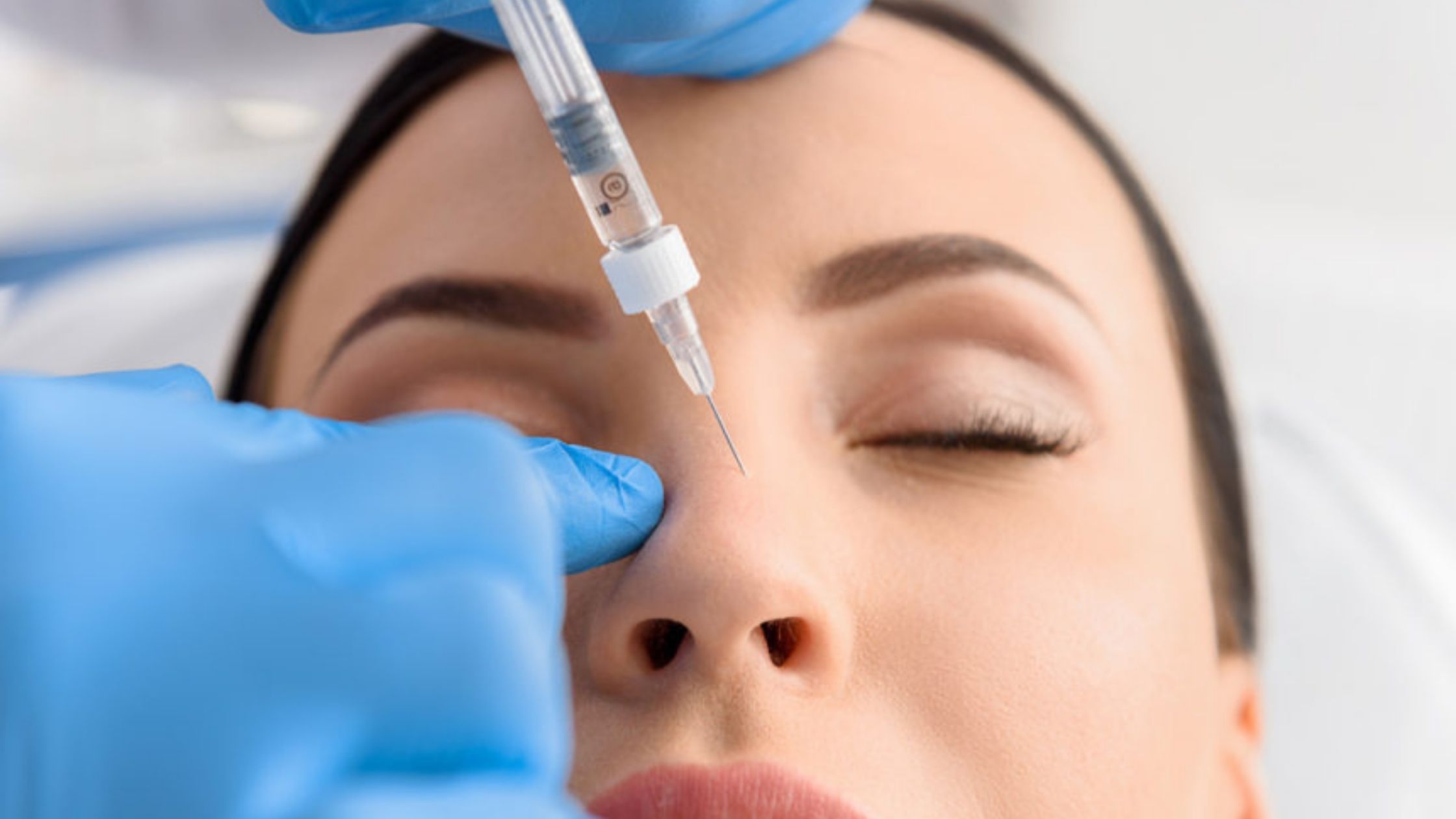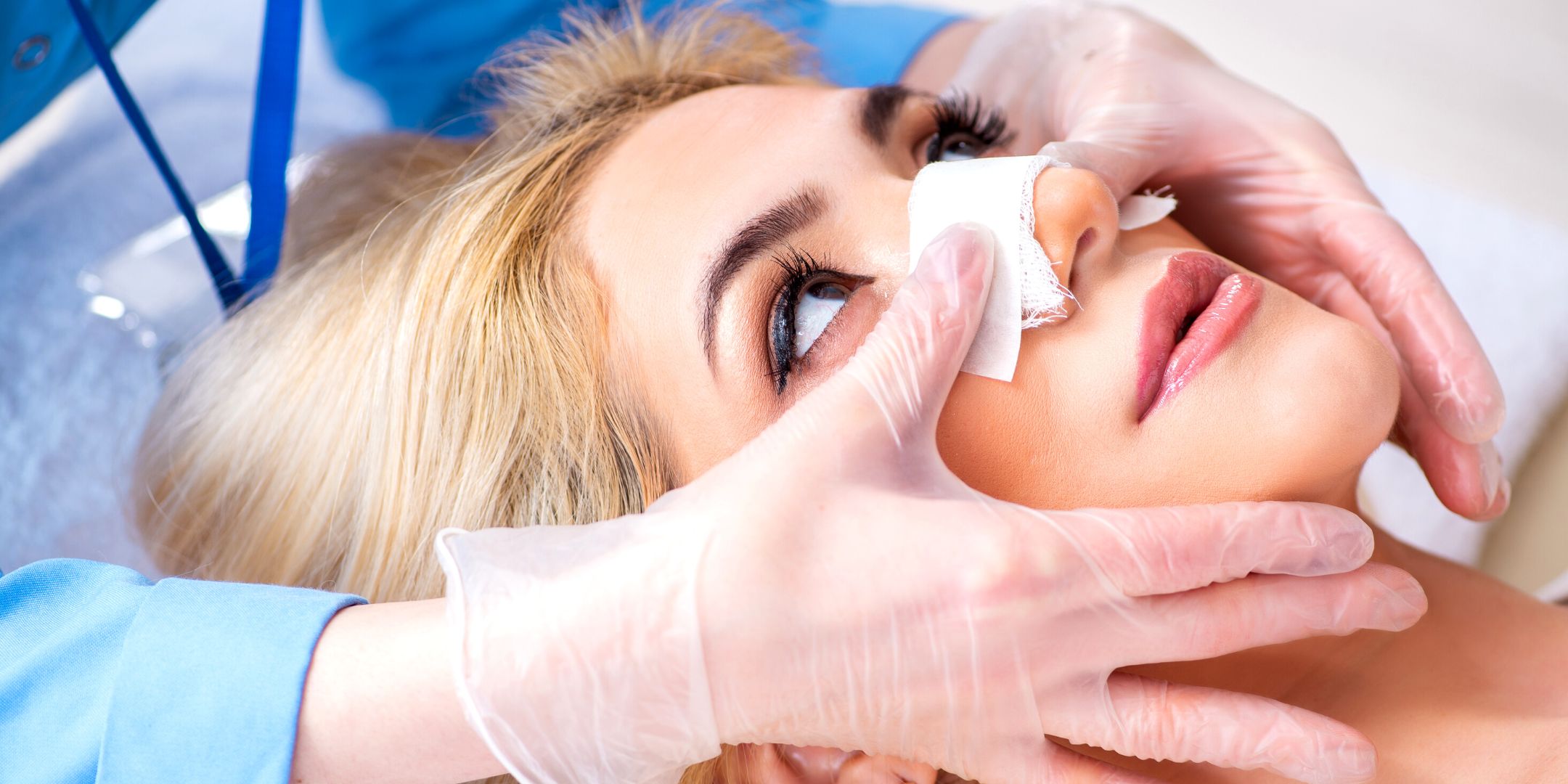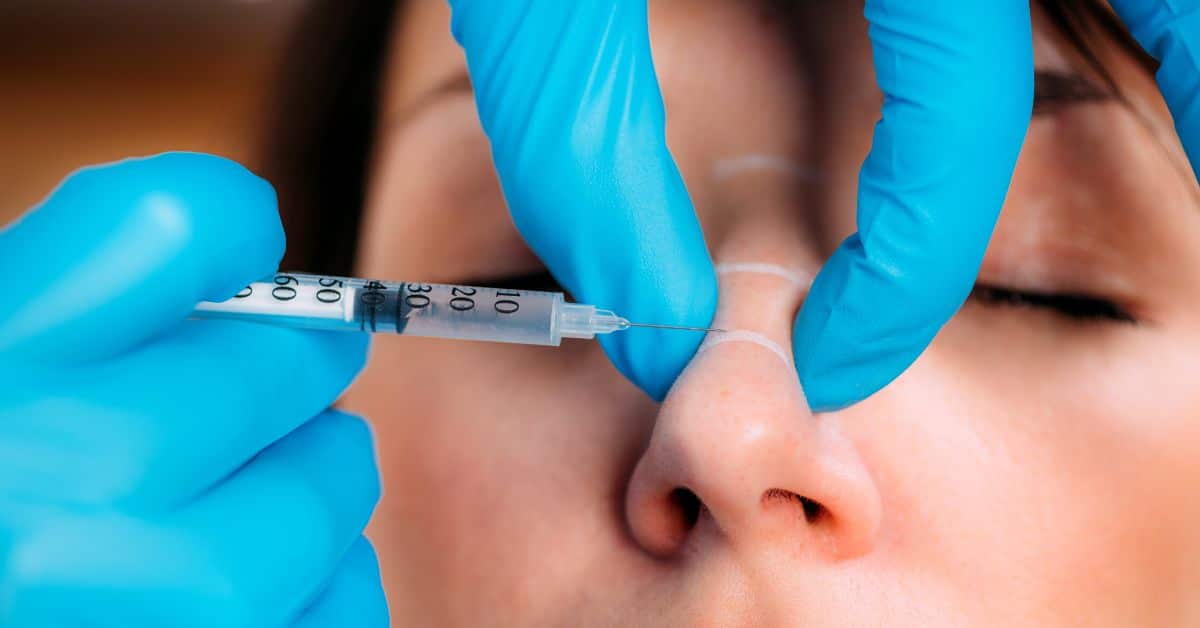Are you still unhappy with the size or shape of your nose, even after undergoing rhinoplasty surgery? Have you had trouble breathing ever since the procedure was performed? If so, you may be a good candidate for a form of reconstructive surgery called revision rhinoplasty.
Also know as secondary rhinoplasty, revision rhinoplasty is designed to help patients who are unhappy with the outcome of a prior rhinoplasty procedure.
Whether it’s a fairly straightforward surgery to remove excess bone or cartilage in the nasal bridge, or a more complex overhaul of the nasal framework, any number of cosmetic issues can be addressed.
In some cases, revision rhinoplasty is performed for functional rather than cosmetic reasons. The nose is responsible for regulating the passage of air into the nasal cavity; if the primary rhinoplasty procedure compromised this function, additional work may be required.
We asked five top surgeons to tell us more about this complex procedure.

Before Surgery: Important Considerations
Rhinoplasty is one of the most technically difficult plastic surgery procedures to master. Very small changes — sometimes no more than a few millimeters — can have a significant impact on the patient’s appearance and the overall balance of his or her facial features. Consequently, it is not surprising that patient satisfaction rates after rhinoplasty are lower than those of other procedures.
“Because of the complexity of the nose, rhinoplasty revision rates are reported as high as between 10 and 20%,” says Fred Fedok, MD, board certified facial plastic surgeon and president of the American Academy of Facial Plastic and Reconstructive Surgery (AAFPRS).
However, patients should be aware that each additional procedure can potentially create new problems. “With each revision of a rhinoplasty the operation becomes technically more and more challenging because of the scar tissue created in the nose,” says Larry Sargent, MD, a board certified plastic surgeon in Salt Lake. “Having multiple operations on your nose can possibly result in skin and soft tissue damage, and loss of structural support.”
Sargent believes that patients should therefore choose their rhinoplasty surgeon carefully and be very cautious with revision procedures.
It is also important to understand that swelling from the initial procedure must subside before you can undergo a second procedure. “It is extremely rare to perform revision rhinoplasty less than one year from the prior surgery,” says New Jersey-based board certified plastic surgeon and otolaryngologist Matthew Kaufman, MD. “It takes at least that long for the nose to heal completely, and to be able to accurately assess long term aesthetic and functional results.”
The Procedure & Recovery
Revision rhinoplasty surgery should be performed in a state-of-the-art, accredited surgical facility. The procedure can take several hours to complete, depending on its complexity. Twilight sedation, during which the patient is unconscious but breathing without assistance, is a common practice. In certain cases surgeons may recommend the administration of general anesthetic agents.
The incisions might be limited to the interior of the nose (closed rhinoplasty), or could include another tiny incision beneath the nasal tip (open rhinoplasty). The latter is sometimes preferable because the surgeon is able to see and more accurately modify the nasal structures.
Once the incisions have been made, the skin is lifted, cartilage may be repositioned, and certain structures may be replaced, augmented, or shaved. When the desired result is accomplished, the skin is redraped over the new nasal structure and the incisions closed.
During revision rhinoplasty recovery, any discomfort can be controlled with pain medication prescribed by the surgeon. Stitches are often removed about a week after surgery. Bruising is to be expected, but most of it will be gone about 10 days postoperatively. However, swelling can last for up to a year.
Many patients return to work within a week or so, but strenuous activities should be avoided for two or three weeks, and it is very important to avoid bumping the nose or overexposing it to sunlight for about two months.
As with any surgery, complications are possible with revision rhinoplasty, including adverse reaction to anesthesia, infection, congestion, bleeding, and/or a runny nose.
Choosing a Rhinoplasty Specialist
There are several things you need to keep in mind when choosing a revision rhinoplasty specialist. First and foremost, your surgeon should be a board certified plastic surgeon or facial plastic surgeon with extensive experience performing nose procedures.
The nose must be assessed in relation to the rest of the face, which comes only with proper training in facial plastic surgery. As Kaufman points out, “surgeons with extensive experience in revision rhinoplasty are not only masters of this surgical technique, but also at selecting patients that they [believe] will have the greatest chance of improving.”
According to Sam Lin, MD, a board certified plastic surgeon and otolaryngologist in Boston, not only must the surgeon balance form and function, he or she also must have an intricate understanding of the various complex nasal components, as well as the interactions of soft tissue, cartilage, and bone.
Says Lin: “Because revision rhinoplasty is performed on an already-operated site and thus involves management of both scar tissue formation and loss of tissue due to the primary procedure, a specialist focused on rhinoplasty procedures will be more apt to both recognize these considerations and address them in surgery.”
According to Stephen M. Warren, MD, a board certified plastic surgeon in New York City, the best way to locate the right surgeon for you is to do extensive research and talk to former patients of each surgeon you are considering. “If you can meet other patients in person, on the phone, or by social media, you can ask lots of questions about their experiences and results,” he says. “Most patients are very honest about their experiences, and sharing what they have gone through with other patients is their way of giving back to the community.”
Another factor to consider is whether or not you should return to the surgeon that performed your primary procedure.
“When possible, revisions should be carried out by the original surgeon,” says Fedok. “The original surgeon should best understand the patient’s anatomy and what was done in the initial surgery.” But he points out that at times this is not possible because the revision is beyond the scope of the surgeon’s abilities.
As with most factors, this decision depends on the unique circumstances of your case. But if you are extremely unhappy with the outcome of your primary rhinoplasty and feel that the surgeon may be a factor in your results, there is nothing wrong with looking elsewhere.
Other Considerations
Cost should not be a primary factor when selecting a revision rhinoplasty specialist. Instead, focus on the surgeon’s training and experience.
“Patients should understand that a revision is an intricate and difficult procedure,” says Lin. “Therefore, it is not a decision to take lightly and should only be made after much thought and discussion with an experienced, reputable rhinoplasty surgeon.”
And of course, you may be able to avoid revision rhinoplasty altogether if you choose the right surgeon the first time around. “Find an experienced surgeon whom you can trust, and make sure he or she really listens to you and will be there for you after surgery,” Warren advises.









